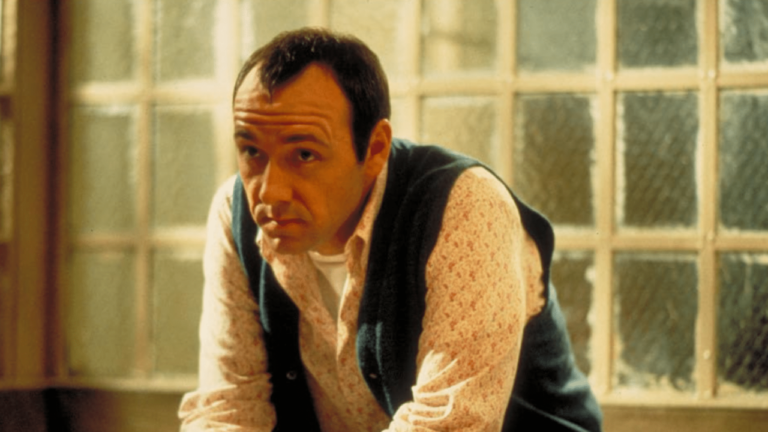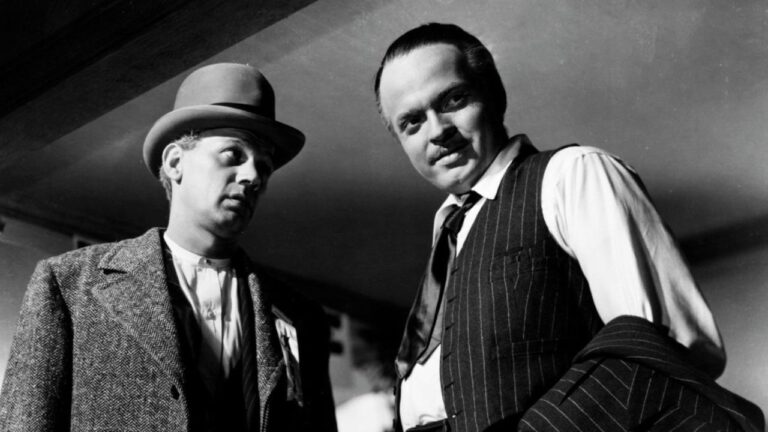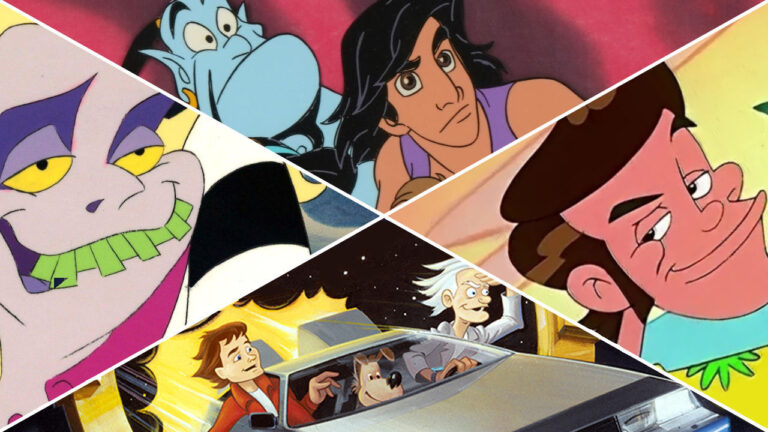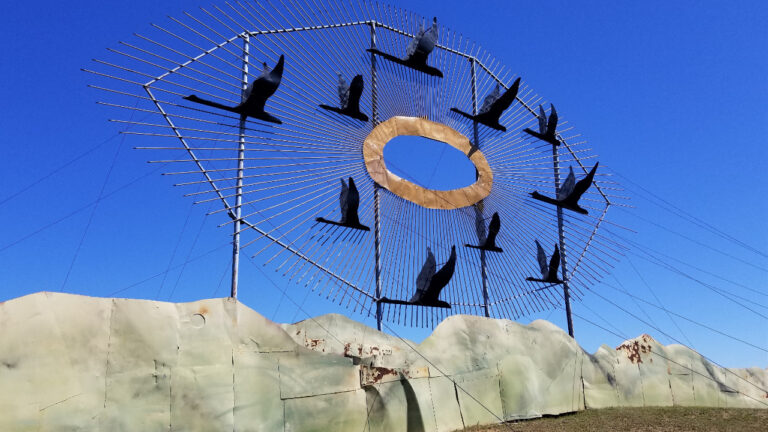10 Best-Hitting Pitchers in MLB History

After the historic season we just witnessed from Shohei Ohtani, the inevitable comparisons to the greatest player ever Babe Ruth, a pitcher-hitter himself, have come about.
That got us thinking.
Who are the next best all-time pitcher-hitters in baseballj? Well, here’s our Top 10 list.
1. Babe Ruth

What would you do if your archrival had a pitcher who had a .568 slugging and .413 on-base percentage when he hit, accumulating 49 home runs and 224 RBI in 1,333 plate appearances over the course of six seasons. Well, if your answer was to pay $100,000 to your rival for that player and quickly transform the pitcher into an outfielder for your team, then you answered correctly, as the New York Yankees did in January 1920, when they turned Babe Ruth from an 89-46 Boston Red Sox starter with a 2.46 ERA into the greatest slugger ever. One-hundred-and-four years after that historic trade, the Hall-of-Fame rightfielder ranks first all-time in Wins Above Replacement (182.6), slugging percentage (.690); second in on-base percentage (.474); third in home runs (714), RBI (2,214) and walks (2,062).
2. Shohei Ohtani

Like Babe Ruth before him, Shohei Ohtani rose to another level as a hitter once he stopped pitching, taking the 2024 season off as a pitcher with his new team, the Los Angeles Dodgers, following an elbow surgery that would sideline him from pitching until 2025. As a result, Ohtani — in his first year as a Dodger designated hitter — had his best hitting season ever in 2024, leading the National League in slugging (.646) and on-base percentages (.390), home runs (54), RBI (130), runs (134), total bases (411) and plate appearances (731), while also becoming the first member of MLB’s 50/50 club (he also stole 59 bases in 2024). Not bad for a Los Angeles Angels pitcher with a 38-19 and 3.01 ERA over the previous five seasons, where he posted .556 slugging and .366 on-base percentages, along with 171 homers and 431 RBI over 2,871 plate appearances, mostly as a designated hitter during that time.
3. George Sisler

Thank God the St. Louis Browns did not make the same mistake the Boston Red Sox did (see Babe Ruth). Because when pitcher/first baseman/outfielder George Sisler showed a flair with the bat as a 22-year-old rookie, the Browns brought a slow halt to pitching duties in Year 2, despite his fine rookie showing on the mound in 1915 (4-4 with a 2.83 ERA in 70 innings). St. Louis slowly converted their future .400 hitter — Sisler led MLB in hitting with .407 and .420 batting averages in 1920 and 1922 — into a full-time Hall-of-Fame first baseman, who finished with a 15-year career .340 batting average, .379 on-base and .468 on-base percentages.
4. Wes Ferrell

Now Wes Ferrell is the story on the other side of the street: What happens to the good-hitting pitcher who refuses to go to the dark side and continues his full-time job as a pitcher? Well, Ferrell had a really good career as a two-time All-Star pitcher who amassed a 193-128 record (.601) and 4.04 ERA in 2,623 innings pitched in 15 MLB seasons (seven with the Cleveland Indians). But the 6-2, 195-pounder’s lifetime numbers as a hitter — albeit as a pinch hitter and spot player (.446 slugging and .351 on-base percentages in 1,345 plate appearances) — leaves one wondering “What if?” in regards to his potential calling as a full-time hitter.
5. Micah Owings

Why oh, why oh, why did the Arizona Diamondbacks, Cincinnati Reds and San Diego Padres ignore the obvious and never convert their mediocre pitcher who was a great part-time hitter into a full-time position player? The man pitched 483 innings and compiled a 32-33 record and 4.86 ERA in six MLB seasons. As a hitter, in retrospect, we see a 6-5, 220-pound slugger who posted .502 slugging and .310 on-base percentages with 9 homers and 35 RBI in 219 plate appearances. Talk about a missed opportunity.
6. Jack Stivetts

Ditto for Jack Stivetts to everything said about Wes Ferrell. Stivetts also had a career, in hindsight, that appears he was a better hitter than pitcher and never quite made the full-time conversion to the hitter role. For the record, Stivetts finished his 11-year career in the 1890s, mostly with Boston as a good pitcher (203-132 with 3.74 ERA in 2,887 innings) and a great hitter (.439 slugging and .344 on-base percentages in 2,148 plate appearances) who could play any position on the field (catcher was the one exception).
7. Jesse Burkett

In a tale oh-so-common more than a century ago, Jesse Burkett is another one-and-done pitcher who retired from the mound for life as a full-time hitter once he showed he was a better batter (.309 batting average in 437 plate appearances) than pitcher (3-10 with 5.57 ERA in 118 innings) in his rookie season in 1890. The Cleveland Spiders leftfielder would close out his Hall-of-Fame career with a career .338 batting average, .415 on-base and .446 slugging percentages.
8. Doc Crandall

Doc Crandall was a turn-of-the-century player who was really good as both a full-time pitcher and part-time hitter from 1908 through 1918. The New York Giants pitcher-second baseman had a 102-62 record with 2.92 ERA, along with .398 slugging and .372 on-base percentages, 9 homers, 19 triples and 123 RBI in 1,046 games as a utility player. He became baseball’s first relief pitcher and was nicknamed “Doc” because American journalist and writer Damon Runyon said Crandall was “the physician of the baseball emergency.”
9. Schoolboy Rowe

Schoolboy Rowe led quite the charmed life in the 1930s, taking his good looks and beautiful wife on the postseason talk-show circuit, which brought quite the fan following to the couple. Let’s just say, Rowe did well at pitching, hitting and life. The three-time All-Star pitcher, who led his Detroit Tigers to the 1935 World Series title, never played a position outside of pitcher, but never lost his ability to hit the ball, either. Rowe posted .382 slugging and .328 on-base percentages, along with 18 homers, 153 RBI in 1,023 plate appearances. All the while, he was a darn good pitcher, going 158-101 with a 3.87 ERA in 2,219 innings pitched.
10. Rick Ankiel

St. Louis Cardinals pitcher Rick Ankiel was one of baseball’s most unique comeback stories. After losing the ability to find the strike zone in the early 2000s, Ankiel eventually made the decision to reinvent himself as a Cardinals part-time centerfielder, where his bat gave him a new home and new lease on life. He would close out an 11-year MLB career on six different teams with a .422 slugging and .302 on-base percentages on 2,115 plate appearances.





